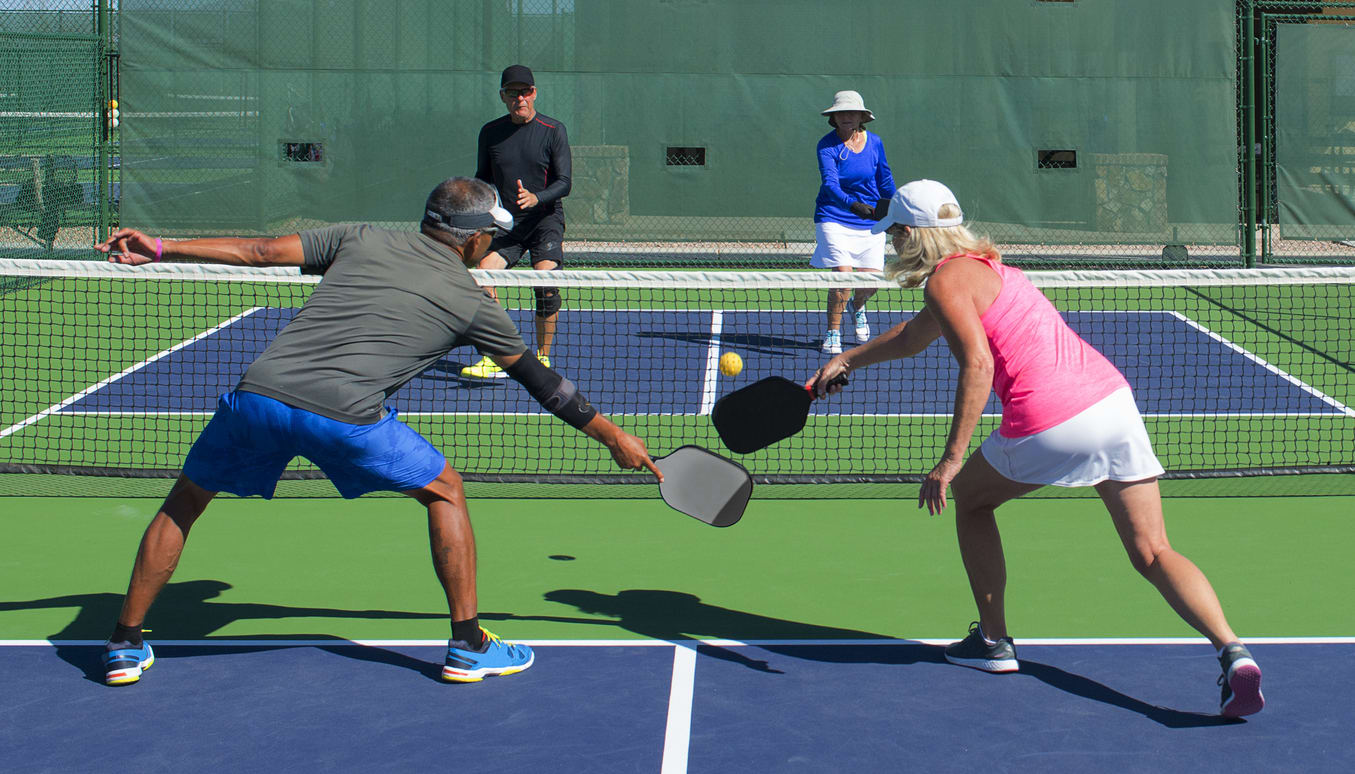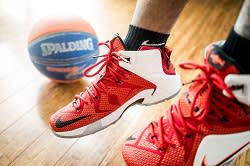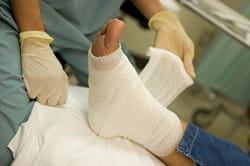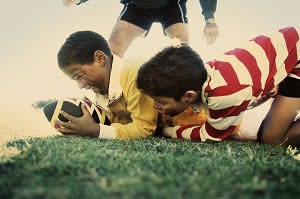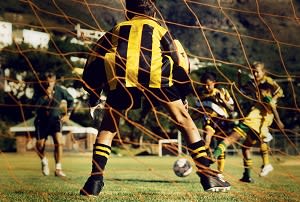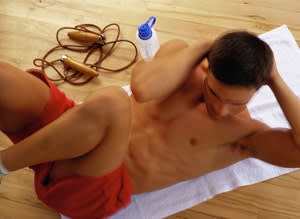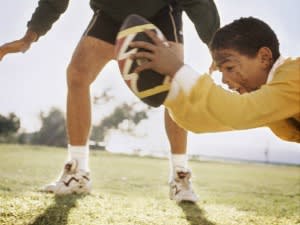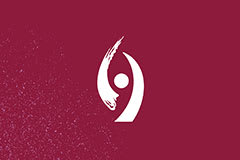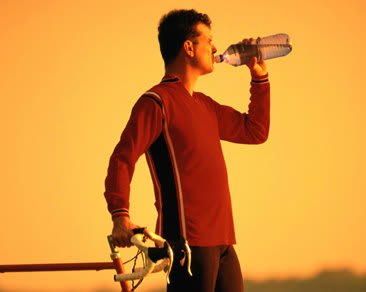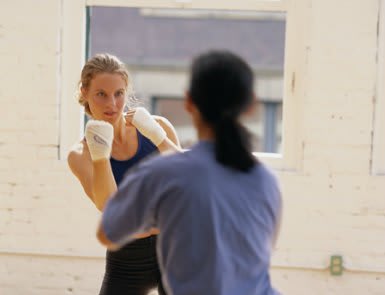Shoulders: Injury, Treatment and Recovery
Published: April 21, 2014l
Athletes who participate in a sport that requires constant or regular over-head motion, such as throwing a baseball or swinging a tennis racket, may be at a higher risk for shoulder injuries, particularly a shoulder dislocation or a labral or rotator cuff tear.
A shoulder dislocation occurs when the shoulder is wrenched upward and backward, and pops out of the socket. Oftentimes, a dislocation is caused by the force of a fall or collision, and therefore is common among younger athletes.
A complete dislocation will cause immediate, extreme pain at the joint and difficulty moving the arm at all. In some instances, a partial dislocation, or subluxation, occurs, meaning that the shoulder is almost out of the joint, but not completely. A set of X-rays is typically taken prior to popping the shoulder back into the socket in someone with a shoulder dislocation.
The rotator cuff is a group of muscles and tendons that covers the shoulder joint and helps move the shoulder in different directions. Often the consequence of overuse or trauma, a rotator cuff tear can either be acute, meaning it is caused by a traumatic event like sliding head-first with the arms outstretched, or degenerative, which occurs when the tendons have gradually worn down due to constant repetitive movements. Acute and degenerative injuries result in either a partial tear, meaning the soft tissue is damaged but not completely severed, or a complete tear, where the soft tissue is split into two pieces.
The majority of rotator cuff injuries are degenerative, and therefore happen in patients age 40 or older. However, those who engage in repetitive lifting or overhead activities are also at high risk for a rotator cuff tear, as in the case of tennis players or baseball pitchers.
A third type of shoulder injury is a torn labrum. The shoulder joint is relatively shallow and unstable and the labrum, or cartilage made of thick tissue at the end of the arm bone, deepens the socket. Patients who have sustained a labral tear typically experience an aching sensation in the shoulder joint, as well as distinct pain during specific activities. This type of injury can also be associated with a complete shoulder dislocation.
With any of the three above-mentioned issues, a doctor will review the patient history, noting any physical activities and sports, and complete a physical exam of the shoulder to make an accurate diagnosis. In many cases, imaging tests such as X-rays and/or an MRI will be ordered for additional evaluation.
In cases where surgery is necessary, procedures are generally done arthroscopically, meaning a tiny camera attached to an arthroscope is inserted through a small incision to examine and repair the tissues inside or around the shoulder joint. This technique has many benefits, including minimal pain and a speedy recovery.
Depending on the severity of the injury and the corrective procedure, recovery can take anywhere from two to six months. For the first several weeks the patient will wear a sling and then should begin physical therapy to regain motion and strength in the shoulder.
Many athletes who undergo arthroscopic shoulder surgery find they are able to return to normal activities in a relatively short amount of time. Returning to work or sports will depend on what surgical procedure was done, and can range from several weeks to several months.







